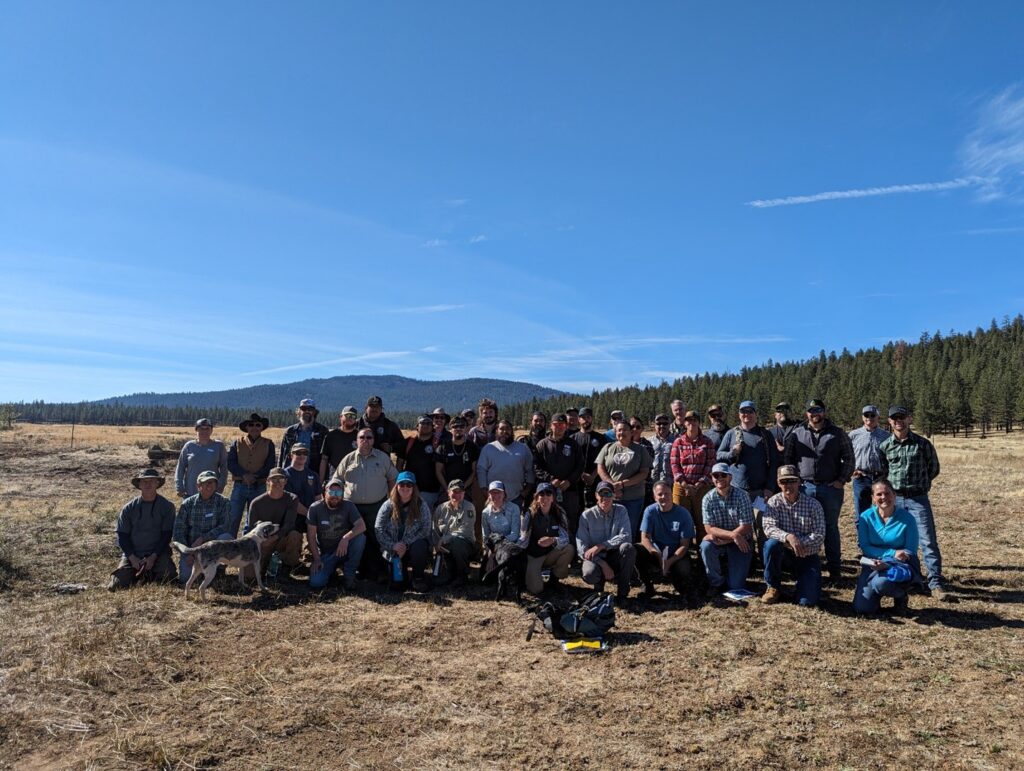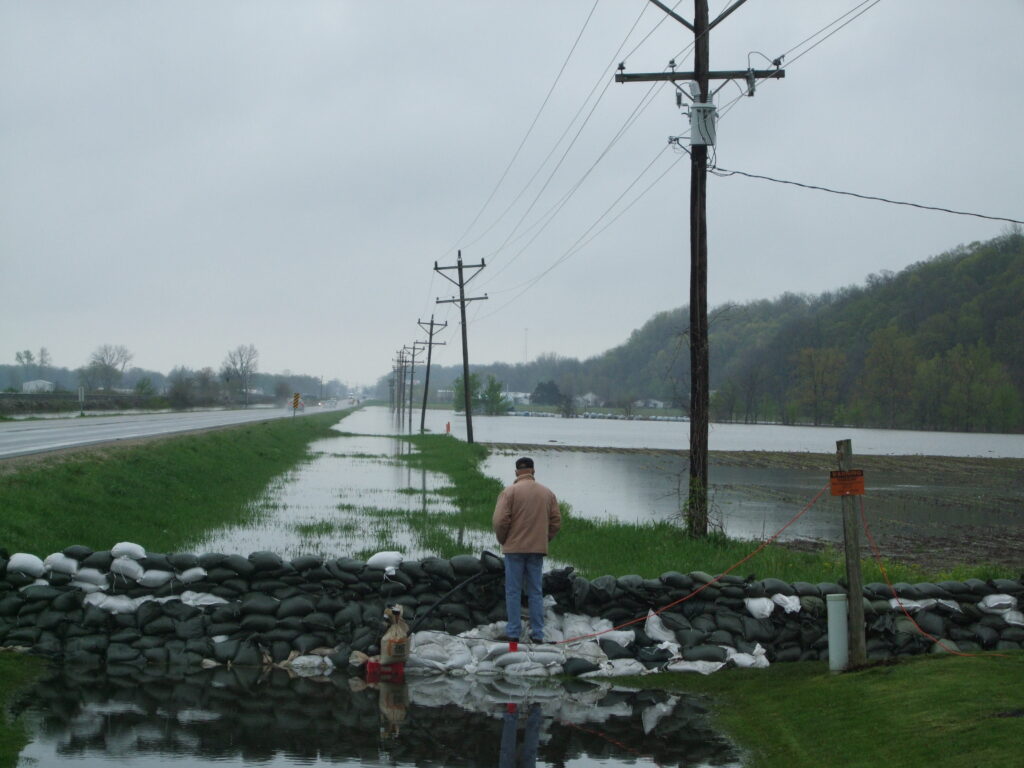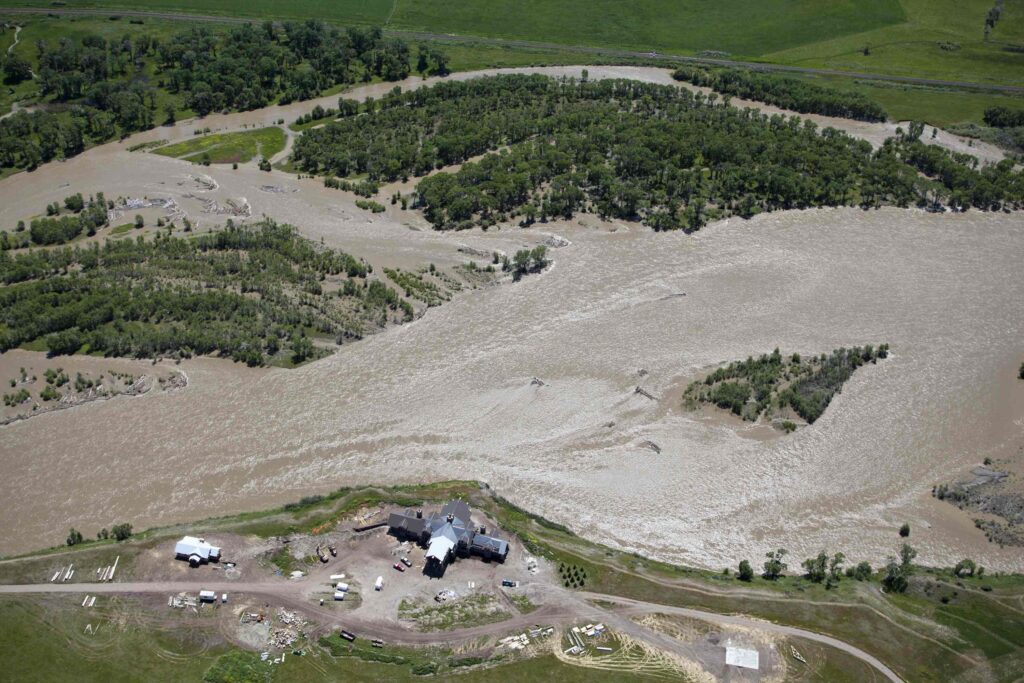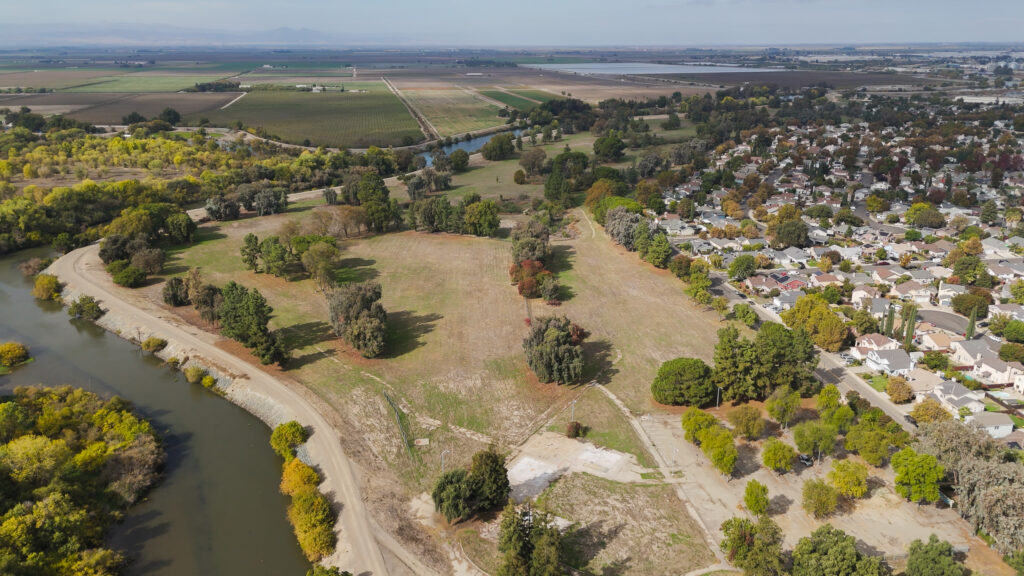Watershed Restoration is the Cornerstone of Eagle Lake’s Fishy Business
Melissa Grim is the Sierra Nevada AmeriCorps Partnership (SNAP) River Assessment and Restoration Assistant for the California Headwaters team
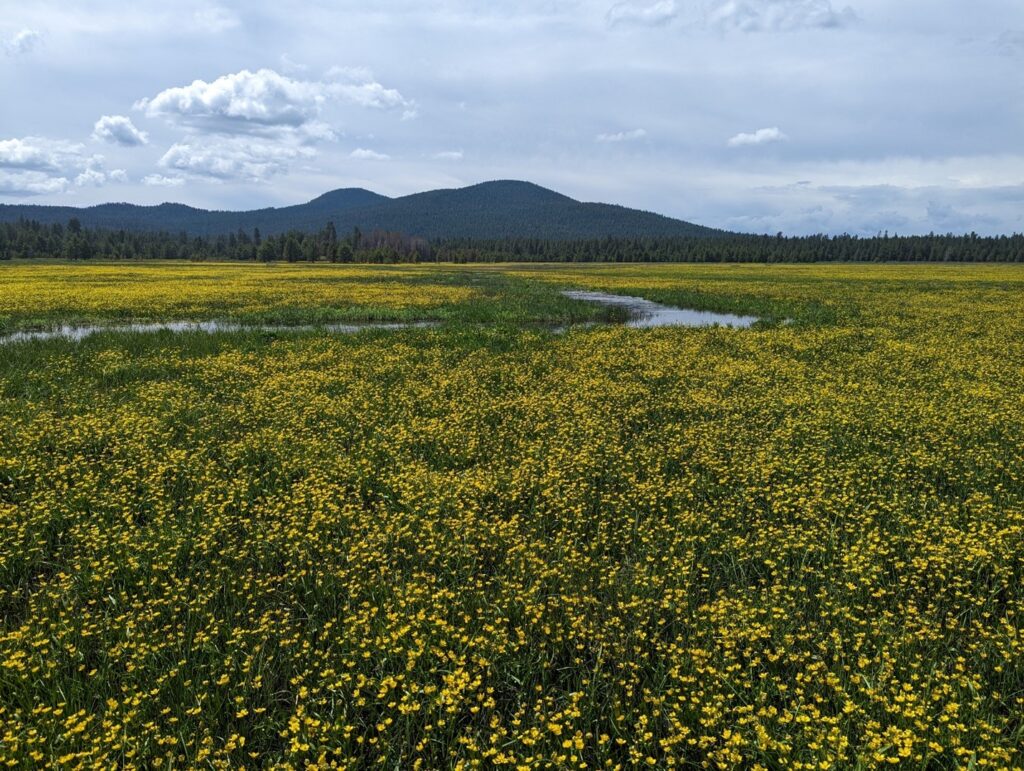
Beneath the meandering channels that run across a Sierra Nevada meadow in spring, your eye may catch silver flashes dancing along the banks. In the Pine Creek watershed of Lassen County California, those glimmers could be Eagle Lake Rainbow Trout (ELRT), a California Heritage Trout, Species of Special Concern, and endemic subspecies of rainbow trout. These iridescent salmonids travel upstream to spawn in the meadows and cascading headwaters of Pine Creek each spring. Their journey begins as soon as the creek swells with snowmelt and spills into Eagle Lake, but the window to return is narrow and unpredictable.
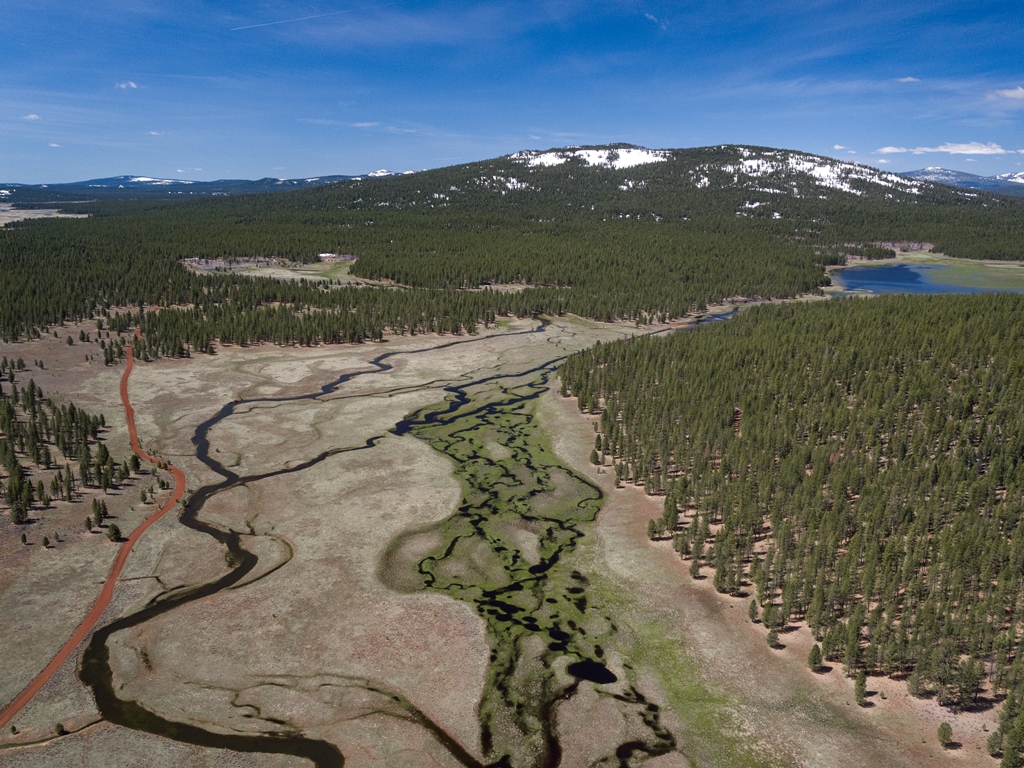
Fortunately for these special trout, partners across the conservation field have come together and are working to restore their critical spawning habitat. American Rivers has been engaged in the Pine Creek watershed since 2015, and has proudly collaborated with the Lassen National Forest, Trout Unlimited, Susanville Indian Rancheria, the Pit River Tribes, and many other partners to build relationships and restore the watershed. American Rivers successfully implemented a riffle construction project in McKenzie Meadow in 2020, creating pools and riffles along the stream channel which enable ELRT to migrate upstream. In 2023 American Rivers implemented a project in Confluence Meadow to fill the eroded western channel and reactivate the flood plain along Pine Creek These projects have created critical habitat for ELRT migration and will help keep the water table higher throughout their spawning season.
But the obstacles facing ELRT are significant. While their resilience and quick growth rate make them a world-class stocking fish outside of Pine Creek, ELRT are threatened by changes in hydrology and an increasingly variable climate within their native spawning habitat. Following the arrival of Euro-American settlers, the Pine Creek watershed experienced changes in land use including grazing, road and railroad construction, water diversions, and ditching. Additionally, the watershed sits where the Sierra Nevada meets the Great Basin and experiences a drier and more variable climate than most other Sierra watersheds.
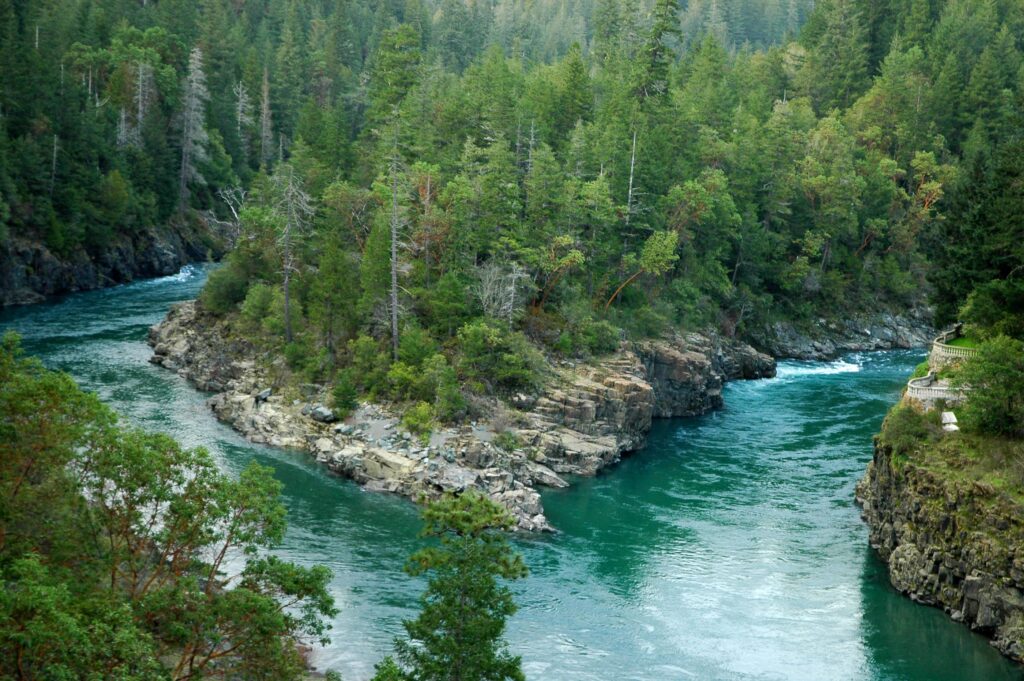
Let's stay in touch!
We’re hard at work in the California for rivers and clean water. Sign up to get the most important news affecting your water and rivers delivered right to your inbox.
Of Pine Creek’s 35 stream-miles, only 7 flow year-round in the upper watershed. The fractured volcanic bedrock in the watershed slowly drains the lower reaches of the creek, cutting off access to the lake’s refuge until the waters rise again the following year. The seasonal connection between Pine Creek and Eagle Lake is fed by snowmelt from the high elevation headwaters. As snowpack and the timing of snowmelt become increasingly unpredictable and variable in the face of a changing climate, the critical hydrologic connection between Pine Creek and Eagle Lake doesn’t always persist long enough or at the right time for ELRT to spawn and for juveniles of the previous year’s cohort to migrate downstream to the lake. Ultimately, the shift in Pine Creek’s hydrology has contributed to declines in ELRT populations below sustainable levels and the fate of this iconic fish now depends on hatchery-based spawning.
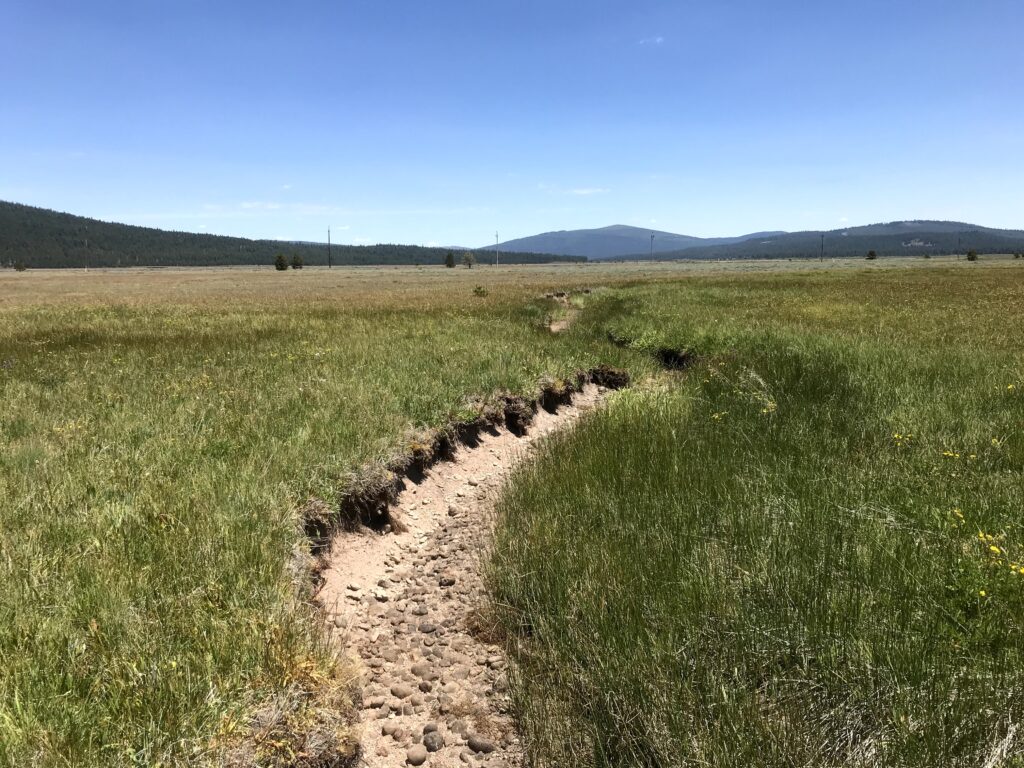
As we continue to engage in the Pine Creek watershed, American Rivers is working to advance landscape scale watershed restoration. Last year, we took on a leadership role in convening the Eagle Lake Partnership and acquired funding to enable a Partnership framework which is effective, transparent, and inclusive. Funding at this early stage has allowed us to engage the Pit River Tribe and Susanville Indian Rancheria to co-develop a Partnership MOU and fund tribal priority projects and trainings. The inaugural meeting of the partnership was attended by over 40 individuals representing the Lassen National Forest, California Department of Fish and Wildlife, permitting agencies, funders, tribes, NGOs, private timber industry, grazers, the Lassen Resource Control District, and the local Firesafe Council. The partnership is working to develop a restoration plan for a 100,000-acre project area, which includes fuel reduction treatments, meadow and river restoration, recreation and road improvements, all while incorporating traditional ecological knowledge (TEK). This large-scale collaborative effort will help increase the pace and scale of projects which ultimately benefit native flora and fauna beyond the Eagle Lake Rainbow Trout, and Sierra Nevada ecosystems as a whole.
The challenges ELRT face are not unique and reflect many of the challenges faced by other native California salmonids. From the Klamath watershed in northwestern California to the headwaters of the Sierra Nevada, American Rivers is dedicated to working in collaborative partnership, restoring vital habitat, and providing a sustainable and lush home for fish, wildlife, and the communities that need healthy rivers.
